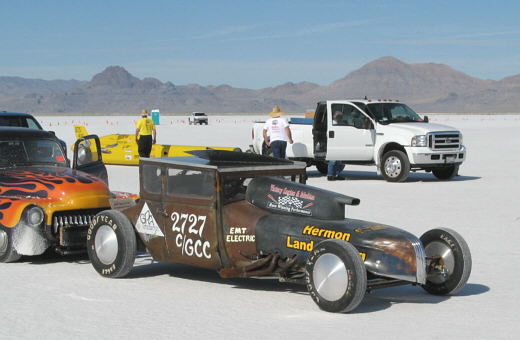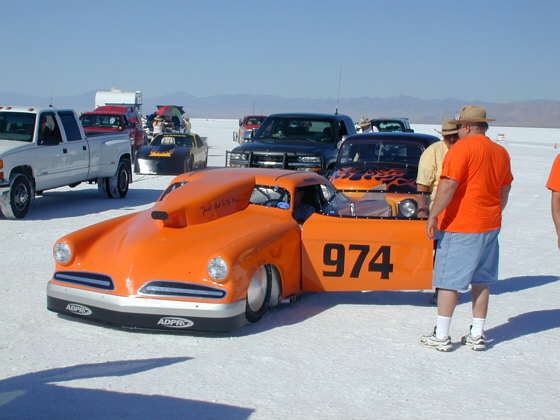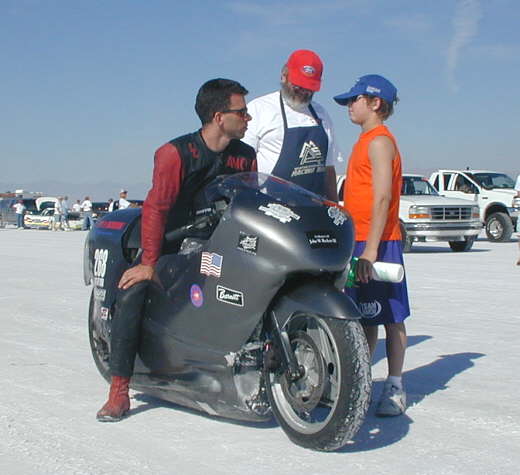I made a online form, using the data Dr.Mayfield used and plugged the information in and it comes up just like Sumners formula. I guess It is what it is..............Jon
Jon you are right about needing the cfm, but the scoop is moving forward through the air. Now depending on your tire size, gearing and rpm which will determine how far that scoop moves in two revolutions you will see how much air the scoop "scoops" in during those two revolutions. Hopefully you size it so that it provides that cfm you need. Take the same motor and put in a slower final gear and then a higher final gear and you will see that the size decreases as the gearing gets higher (bike is faster). Seeing that you can then put in final gearing for say 3rd, 4th and 5th if you have 6 gears and see that the scoop should be bigger in those gears, but like I posted before you don't usually need all of the HP in the lower gears. If you do then you are going to have to make a scoop size decision where it might be larger than needed on the top end, but will give you the air you need before that. As we talked about before with the turbo that isn't as much of a concern, since it will suck in the air it needs unlike a NA motor.
Now think about a hot scoop going through some ice cream. The scoop will fill itself and leave the the ice cream alone on the sides of it. That would be the ideal situation with us also, car/bike. It would be great if our scoop during the distance it travels in two revolutions of the motor (4 stroke) would just slice the amount of air the motor needs and leave the rest undisturbed. Can we do that exactly, no, but the closer we come the less disturbed air goes past the scoop.
The scoop inlet is small on Phil's car......

.............. and on Hooley's car, and ...........................

........ the scoop body is big and looks like a lot out there in the air, but it allows us to taper to a larger plenum which should slow the air and help pressure wise some, but more importantly this big scoop is more aero than the flat windshield behind it. In Phil's case where he is running NA there are rules as to how tall the scoop can be and that one goes almost to the limit of the rules. If he ran blown where there is no height requirement I would have taken it to the top of the roof line like we did on Hooley's car.

If I had a bike like Joe's (picture) or yours I would at least try putting a forward properly size snout out the front of the main fairing body if I could figure out how to smoothly duct the air from there down to the turbo inlet in a progressively larger duct. I know John (WZJUNK on here) could make one out of glass if he had a shaped mold from the inlet to the turbo. I don't know if the bike rules would allow that or not.
c ya,
Sum